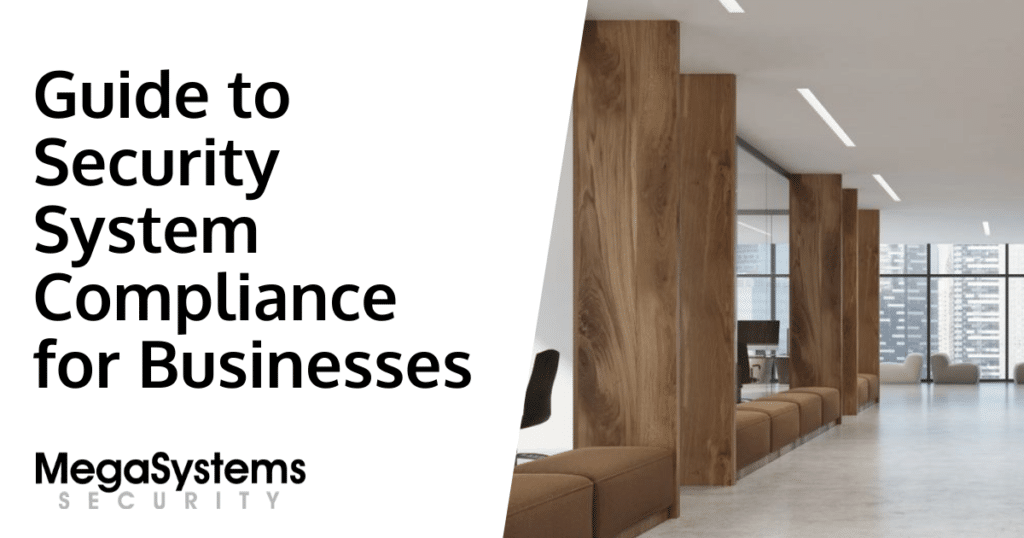Business security is a paramount aspect that cannot be overlooked in today’s rapidly evolving digital landscape. As a business owner, you need to ensure that your company adheres to the various security system compliance protocols. Keeping your business secure means protecting sensitive data from cyber threats, ensuring your employees’ safety, and offering your customers a safe environment to transact in. Considering the increasing cases of data breaches and online threats, it is essential to have this achieved. This article lays out a guide on how to achieve security system compliance in your business.
Necessity of Security Compliance
Security system compliance is not only a tool for risk mitigation but also a requisite in many jurisdictions. It forms a part of the global best practices that every business must strive to adhere to. Neglecting this crucial step can expose your business to unnecessary legal and reputational risk. Therefore, understanding its importance is the first step towards achieving it.
Understanding Various Compliance Regulations
There exist several security system compliance regulations globally. Here are some of the most significant ones your business should consider:
- GDPR: This European Union regulation protects consumer data, mandating businesses to handle customer data with utmost care.
- PCI DSS: Businesses handling credit card data must comply with the Payment Card Industry Data Security Standard.
- HIPAA: Health-related businesses in the U.S must adhere to the Health Insurance Portability and Accountability Act’s data privacy laws.
- SOX: The Sarbanes-Oxley Act by the U.S imposes strict audit requirements for public companies.
Steps to Ensure Your Business is Compliant
Here are practical steps you can take to ensure your business complies with the necessary security regulations:
- Identify applicable regulations: Determine the laws your business is subject to based on your industry and jurisdiction.
- Conduct a security risk assessment: This will help determine your system’s vulnerabilities and areas that need improvement.
- Implement necessary controls: Based on the risk assessment, invest in necessary security measures and controls.
- Regular testing and review: Continuously monitor your systems, conduct periodical tests and reviews to ensure compliance.
FAQs
Q: What is the cost of non-compliance?
A: Non-compliance can lead to financial penalties, loss of customer trust, damage to your business’ reputation, and potential legal consequences.
Q: Can a small business afford compliance?
A: Yes, security system compliance is not limited to large organizations. There are budget-friendly compliance solutions available tailored to small businesses.
Conclusion
To sum it up, achieving security system compliance is indispensable in the current business world. It requires a keen understanding of applicable regulations, consistent review, and implementation of the required controls. With the said steps, you can keep your business compliant, securing your data and reputation while guaranteeing sustained growth.


